




Sanskruti correspondence course of Interior Design, consists of three manuals which, besides the fundamental subjects, cover information on new materials, new furniture types, new residential and office trends, drafting guidelines, heritage restoration, details of concepts and compositions, professional practice and colour styles, besides advancements in lighting and air conditioning field. The course duration is 12 months. The manuals contain over 650 diagrams, tables, sketches and photographs in colour, covering fascinating subjects which give career level knowledge.
The course emphasizes the 'FUNDAMENTALS OF INTERIOR DESIGN' which can be of great benefit to aspiring students. If the fundamentals are well understood, work experience or further studies can strengthen a professional's career.
Sanskruti Manuals are the only reference books on Interior Design recommended by The Directorate of Technical Education, Maharashtra, India to all full time colleges.
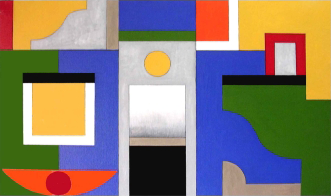
This course 'Understanding Art' will teach you various aspects of art, its history, art language, art styles, art mediums and details about famous artists. It will teach you about all the ART types since the early years, through Renaissance period, till the present times.
The course material, ART Made easy to understand' has 375 images, explained in an easy to understand manner. The course provides an affordable way of studying ART at your convenience.
The SANSKRUTI course helps people gain in depth knowledge, essential to practice the ART profession effectively and profitably.
To know more, visit : www.understandart.com
Any student with an interest in the discipline is eligible. No minimum educational requirement is necessary, being a creative course, except an understanding of English
This course will be of interest to, besides others:
Cost of the course including Manuals 1, 2 & 3,
evaluation and postage - Rs 25,000
Join SANSKRUTI, the frontrunner in distance learning courses, in the field of interiors. SANSKRUTI offers fundamental interior design education through correspondence, in an easy to understand format.
Students enrolled in the course are expected to study all the sections in the manuals and answer the examination questions given at the end of the manuals.
Answer copies of two sections should be submitted at a time by post or hand delivered.
Each answer sheet will be corrected and graded
Answer sheet graded Repeat or Redo will have to be improved and resubmitted for a fair or higher evaluation, to qualify for award of Diploma.
Tutors will be available at 'Sanskruti' center for counseling and guidance through out the course through correspondence, telephone, e mail or personally during office working hours,Monday to Friday 10.30 am to 5.30 pm with prior appointment.
On completing all the answer sheets (within 12 months), students will be awarded a Diploma. (early completion is possible). Students taking longer than the course duration will be charged extra as per the extension rules. (Rs.6,000 or $100 per 6 month extension including postage).
Ans. You can enroll anytime of the year. Your duration starts from the day you enroll. You can download the enrolment form, from our website www.sanskruti2000.com. Or you can email us, and we will send you the enrollment form.
Ans. a) Interior Design Course : 12 Months Rs 25,000 including postage ( Manuals 1, 2 & 3 )( foreign students) US$ 500 including postage. Students taking longer than the course duration, will be charged extra as per the extension rules. (Rs.6,000 or US$100 per 6 month extension, including postage).
b) A list of drawing materials required by the student, is given in the manuals. The cost will be nominal.
c) There are no hidden costs. The course fees is all inclusive.
Ans. Full payment is required as we give the entire course material together at the start of the course. The contents of the manuals are inter connected. This is to ensure flexibility for the student while studying. You may study chapters in the sequence given in the Manuals or skip a chapter, study the next and return to complete your study, as per your convenience. Draft to be made out in favour of 'SANSKRUTI' payable at Mumbai. Payment can also be made through electronic bank transfer. If this alternative is preferred, kindly let us know, we will send details.
Ans. On receipt of course fees and your enrollment form, your course materials will be sent within 24 hours by Speed Post. If there is no Speed Post in your area, then by courier. You can expect your materials delivered within one to five working days (usually within 2 to 3 days). Your course duration of 12 months commences from the day you receive the course material. We send all course material through 'Speed Post' or through reliable courier services, who supply proof of delivery.
Ans. Tutors are assigned to all students enrolling at SANSKRUTI centre, for counseling and guidance, throughout the course, on telephone, e mail or through post. If you have any doubts while studying the course, all you have to do is to pick up the telephone, call the SANSKRUTI centre during office working hours, Monday to Friday 10.30 am to 5.30 pm and ask for a tutor. You will get clarifications on the spot. Alternatively, you can email, fax or post your queries. Answers will be given within 24 to 48 hours.
Ans. You do not have to visit the centre as this is a self study course with the guidance of Sanskruti tutors, as and when required. As regards the examinations, we clarify as follows: This is a correspondence course whose course material is in the form of 3 books containing 12 chapters. The contents of the books are at least 50% more than the curriculum of many full time courses. The course concept revolves around the fact that you are interested in studying interior design, which can be done at your leisure without the fear of examinations in the archaic sense, where you are made to sit in a hall for several hours and those hours decide your fate. Our intent is to confirm that you have understood the contents of all the chapters, and to that objective we request you to submit answer sheets for the questions given at the back of the books, for all the chapters. The answers are meant to convey that you have grasped the contents. Our grades reflect the effort you have put in. (We also give you the flexibility of submitting the answer sheets in whatever sequence convenient to you, though the sequence given in the books is preferred ). There are many practical exercises too among the questions. The answers for one or two chapters at a time, are to be sent as you study the course and not necessarily at the end. The answer sheets should be sent to 'SANSKRUTI' centre for evaluation, preferably by post. These will be corrected by a tutor and returned to the student. Evaluation scores are 'Excellent, Good, Fair or repeat'. The request for repeat is for the benefit of the student. At the end of 12 months you should have obtained a grade of FAIR and above, for all the chapters answer sheets, to qualify for the Diploma. We are there to guide you throughout, counsel you and help you attain this objective. This is our simple examination procedure.
Ans. You will receive your SANSKRUTI Diploma on completion of all the answer sheets of 3 Manuals respectively and obtaining a grade of FAIR or above in all the answer sheets. Your answer sheets should be without any 'redos' remaining, to qualify for the Diploma.
Ans. No. You may or may not be aware that interior design is not a licensed profession in our country. That is, you do not need to be registered in any way to practice in the country. There are only four regulated professions in the country....doctors, lawyers, chartered accountants and architects. IID (Indian Institute of Interior Designers) is a private trust. It has no statutory sanction to recognize professionals. (architects are registered with Council of Architecture and not Indian Institute of Architects) IIA is also like a club which has membership.If we align with any government university, we will be tied down to various norms which will be stifling and will erode the flexibility we have in built for the students. Given this scenario it is therefore more important that the education you get in this field, is exemplary and sufficient to impart in you a sense of confidence, sufficient to allow you to practice your professional knowledge.Ours is the only correspondence course in the country whose course material is recommended by the Directorate of Technical Education, Maharashtra, to full time colleges. Our Diploma, through private, must have some value, as the course is on the approved list of courses in Unit Trust of India, besides other Institutions. We are sometimes approached by other Institutions to recommend our students for placement with them.
Ans. Any design course is primarily to do with ' ideas' . It has to do with the ability to imagine, to conceive, to dream and convey great schemes, full of life, good cheer and which bring about a ' feel good ' feeling. Good design is about all these things and much more. Drawings are a means of communication. There are two chapters on drawings. Yes, the ability to draw well is always helpful, but that is not to say that if your handwriting is weak, you are not a good author. That's where computers come in. With practice your drawing skills will improve. Today almost all designer's offices use computers to prepare drawings. Yet for a student we insist on manually drawn exercises, so that an aspiring students gets a feel of what's being learnt. In due time we expect all students and designers, will move towards computer drafted work and more complicated depictions. A beginning has to be made with simple lessons, before you graduate to bigger things. Many known and successful designers cannot draw well, but have the ability to convey their designs through other means.
Ans. Yes, you should be able to start on your own, though a lot depends on individual dedication and talent. You can definitely apply and obtain employment with your newly gained skills and knowledge. Practical knowledge will complement your theoretical skills.
Ans. You study an Interior Design course if you are a creative kind of person. But before you embark on any practical or site work, a thorough base of theoretical knowledge must be established. This is the foundation on which you build your future prospects. Practical experience is helpful thereafter or alongside. Interior Design being an urban field, visits to sites under progress in the towns or cities of your residence, always helps. You have to take that initiative. Many students do a lot of work in terms of re designing spaces in their own house or office or in the homes of family and friends. Such work is really appreciated and gives the student a sense of confidence. Various basic details that are required to be known, are amply covered in the course material. There are many practical exercises too among the questions and the SANSKRUTI staff is more than willing to clear your doubts, throughout the course.
Ans. a) There is a great amount of credibility attached to the SANSKRUTI Diploma. There are varying perceptions in the lay person's mind, regarding the field of Interior Design. Still, does one ever ask a lawyer to show his degree, before asking him to fight a legal case. We don't think any one would. In the design field, potential employers and clients do not go by certificates, diplomas or degrees. They value a person's knowledge, confidence and portfolio/experience more. Any person wanting to spend money, will gauge a persons level of confidence and knowledge of the subject, he displays. It is for this reason that we at SANSKRUTI lay great importance to conveying the fundamentals of interior design, well to our students. If the basics are well ingrained, then a professional can nurture his talent further. Fundamental knowledge lays a good foundation for achieving higher levels of success. A lot also depends on individual dedication and pursuit. Several of our students are well placed in Interior designers offices and/or in their own endeavors. b) There are many practicing interior personnel in the country who work without any basic qualifications. Although they may be able to deliver the goods in a repetitive manner, what they would be lacking is the fundamental knowledge of the various subjects that prepare them to be more innovative. The SANSKRUTI course helps people with in depth knowledge, essential to practice the profession effectively and profitably. c) Interior design is not a licensed profession in our country, that is, you do not need to be registered in any way to practice in the country.
If you have any doubts or require clarifications while studying the course, pick up the telephone, call the SANSKRUTI centre and ask for a tutor. You will get clarifications on the spot. This facility is available to all students for the duration of the course.
Sanskruti has invited industry leaders from the Paint, Tiles, Marble, Electrical & similar industries to share their product information with Sanskruti students. Students will receive mailers from them during their course duration. 12 market leaders, at the beginning of each month, for the entire duration of the course will send through e mail, details concerning their latest products.
Students will also receive 3 articles written by leading professionals on various subjects of Interior Design, each month, for the entire duration of the course.
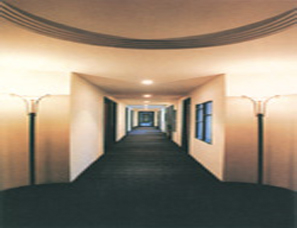
Renaissance, Baroque & Rococo, Neo classical style, Art Nouveau, Art Deco. Modern style, Post-modern Era, Indian style.
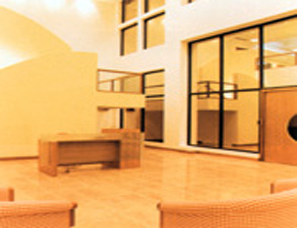
Basic design, Elements of design, Size, Scale, Proportion, Harmony, Balance, Variety, Contrast, Rhythm, Pattern, Emphasis, Design expression.

Survey and Measurements, Drawing Plan, Elevations, Sections, Axonometric, Isometric, Working drawings, Perspectives, Colour and Sample boards.
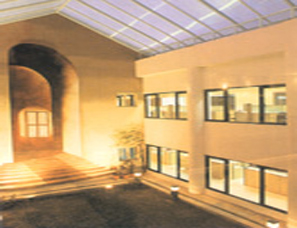
Data collection, Client brief, Preliminary design, Presentation, Design development, Review budget, Construction drawings, Price bids, Supervision, Post construction.
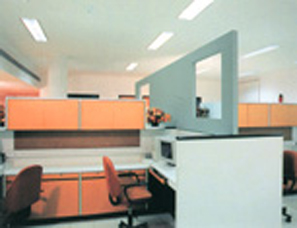
Colour Introduction, The colour wheel, Hue, Value and Chroma, Psychology of colours, Colour Harmony, Use of colours.
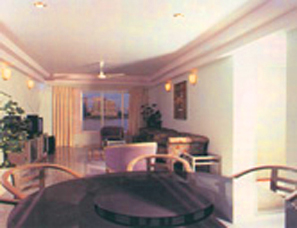
Front doors and Entrance halls, Living room, Dining room, Bedrooms, Kitchens, Bathrooms, Storage, Style.
Addendum : Examination questions, Metric conversions, Graphic indications of Furniture and materials, Photographs Description.
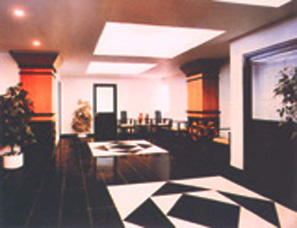
Floor Plane, Flooring Materials, Marble mosaic. Ceramic tiles, Stone, Wooden Flooring, Vinyl, Carpets, Flooring Considerations.
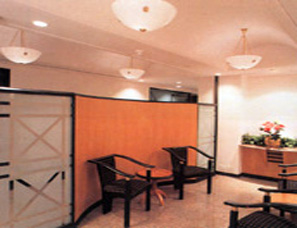
Wall Characteristics, Texture, Wall Construction and Cladding, Paints, Fabric, Wood, Mirror, Stone, Doors, Windows and Window Coverings, Curtains, Glossary of terms.
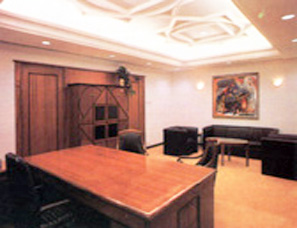
Overhead Plane, Gypsum Ceiling, Metal Ceiling, Ceiling Tiles, Other Ceilings, Ceiling design considerations.
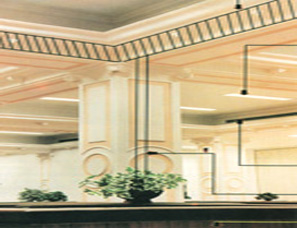
Building structures, Structural safeguards, Electrical, Lighting, Air conditioning, Plumbing and Sanitary.
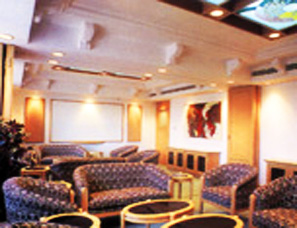
History and Styles, Anthropometric Dimensions, Furniture Decisions, Furniture Construction, Conclusion.
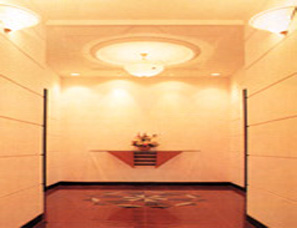
Planning and Concept, Design and Detailing, Furniture sizes, Services.
Addendum : Examination questions. Bibliography, Photographs description. Acknowledgments.
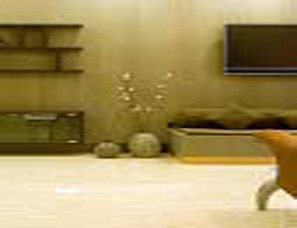
Interior styles list, Iconic Inteior Designers and Iconic furniture, Designing and restoring Period style interiors.
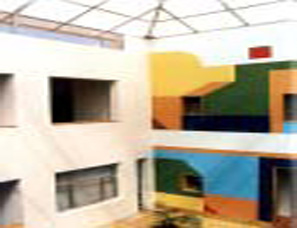
Design principles with illustrations, Design Concepts, Design Compositions, Design fundamentals
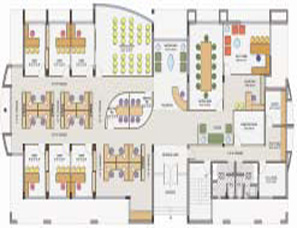
Drafting instruments, Lines, Title block, Template furniture, Template layout examples, Drafting working guidelines.
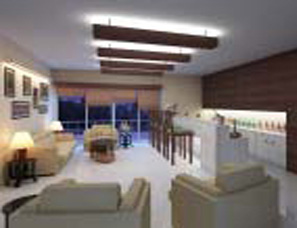
Interior design work choices, Interior design practice, Responsibilities of Interior Designers, Professional ethics.
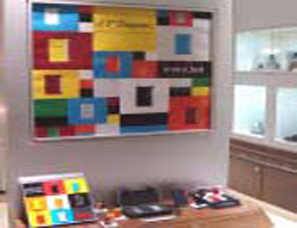
Colour symbolism, Colour styles, Colour perception, Texture and light reflectance, Successive contract, Colour meaning and psychology, Colour styles examples.
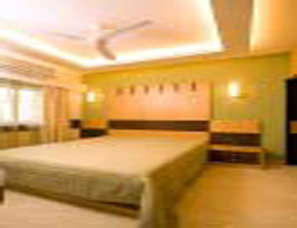
Residential design factors, Living rooms, Dining rooms, Bedrooms, Kitchen areas, Toilets and Choice of accessories.

Flooring types including Raised floors, Depressed surfaces, Wooden flooring, Tiled and Stone flooring, Glass floor panels, Developments in carpets, wooden laminated flooring and tiles.
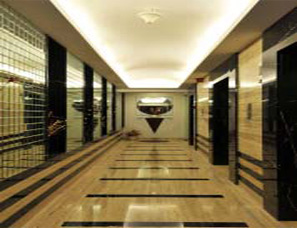
Wall claddings, from Mirror to Mosaic tiles, Marble to Wood, Stencilled ply, Backlit panels ,Paints and textured paints.
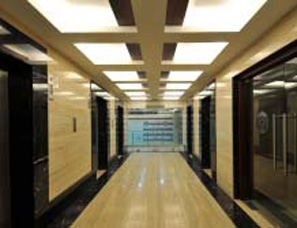
Ceiling types including Starlit ceilings, Painted ceilings, Transparent overhead planes, Cove lit ceilings, Curved ceilings, Mirrored ceilings, Slatted ceilings and Stretch fabric ceilings.

Green building norms, Lighting, VRV or VRF air conditioning systems, Home automation, PVC and copper plumbing and sanitary developments.

Furniture trends, Green furniture, Furniture types, Examples of Avant garde furniture designers and furniture images.

Office trends, Reception areas, Staff areas, Canteens, Cabins, Board rooms, conference rooms and meeting rooms.
Addendum : Examination Questions, Photographs source & Credits, Bibliography & Copyrights.
Details regarding the author: SUDHIR DIWAN, his Clients and Projects:
Projects published in numerous International and National news papers and magazines.

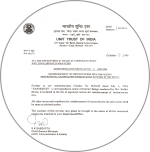







Website
www.understandart.com
www.sudhirdiwan.com
Email: sdiwans@gmail.com / sudhirdiwan@yahoo.com
S A N S K R U T I - Correspondence courses in interior design & understanding art,
interior distant learning programme, learning interiors through correspondence, colour and soft furnishings from India.
Interior Design Home study course, Interior Design Correspondence Course, course of interior design, furniture design in interiors, interior architecture, spaces, drafting, visualization, concept, aesthetic, artful, artistic, carpentary, creative, decorator, furnish, perspective, renovate, refurbish.